Revolutionary Terrorism During 1920s
by Devender
0 2120
The non-cooperation movement was called off abruptly which led many to question the nationalist movement's leadership.
- These young nationalists were not happy with the parliamentary work of the Swarajists or to the patient, undramatic, constructive work of the No-changers
- They used to think that only violent activities can lead to the freedom of India and hence, revolutionary terrorism started again.
- There were 2 separate strands of revolutionary terrorist groups that emerged during this period
- One was operating in Punjab-UP-Bihar
- The other one in Bengal
- Novels and books such as Bandi Jiwan by Sachin Sanyal and Pather Dabi by Sharatchandra Chatterjee also influenced these revolutionaries
- It was founded by Ramprasad Bismil, Jogesh Chandra Chatterjee, and Sachin Sanyal in Kanpur in October 1924
- Its aim was to organize an armed revolution to overthrow the colonial government
- and establish the Federal Republic of the United States of India in its place whose basic principle would be an adult franchise
- Kakori Train Robbery:
- Saunders’ Murder:
- Bhagat Singh, Azad, and Rajguru shot dead Saunders, the police official responsible for the lathi charge in Lahore
- Bomb in the Central Legislative Assembly:
- Bhagat Singh and Batukeshwar Dutt were the ones who did the deed
- It was against the passage of the Public Safety Bill and Trade Disputes Bill aimed at curtailing civil liberties of citizens in general and workers in particular
- The main aim of the bombing was to make "the Deaf Hear" so it was made harmless deliberately
- Their main objective was to get arrested and to use the trial court to spread their propaganda to the masses about their movement and ideology
- Bhagat Singh, Sukhdev, and Rajguru were also tried in the Lahore conspiracy case
- Jatin Das became the first martyr on the 64th day of his fast
- Azad was involved in trying to blow up the train of Viceroy Irwin near Delhi in December 1929
- He was killed in a police encounter in a park in Allahabad in February 1931
- On 23 March 1931, Bhagat Singh, Sukhdev, and Rajguru were hanged
- Chittagong Armoury Raid:
- They conducted the raid in April 1930 which involved 65 activists under the banner of the Indian Republican Army— Chittagong Branch
- They also aimed to destroy telephone and telegraph lines
- They also wanted to dislocate the railway link of Chittagong with the rest of Bengal
- They were quite successful as they were able to hoist the national flag, took the salute, and proclaimed a provisional revolutionary government
- After that, they dispersed into neighboring villages and raided government targets
- Jawaharlal Nehru was also arrested for sedition in 1933
- He was sent to jail for 2 years because he stood against imperialism and praised the heroism of the revolutionaries
Revolutionary Terrorism in Punjab-UP-Bihar
The revolutionary terrorist activities in this region were led by an organization known as the Hindustan Republican Association/Army or HRA.
They later renamed the group the Hindustan Socialist Republican Association or HSRA.
It happened in August 1925 and is known as the most important action of the HRA. These men held up the 8-Down train at Kakori, a village near Lucknow, and looted its official railway cash. It led to arrests of many out of which 17 were jailed, four were transported for life, and four namely — Bismil, Ashfaqullah, Roshan Singh, and Rajendra Lahiri were hanged. Hence, it turned out to be a setback.
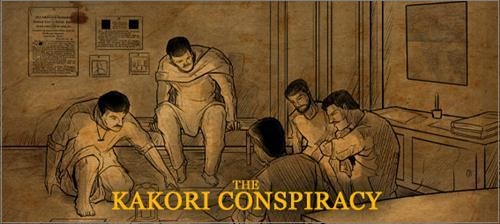
It happened in December 1928 in Lahore. During a lathi charge on an anti-Simon Commission procession in October 1928, the Sher-i-Punjab Lala Lajpat Rai died due to lathi blows. The HSRA revolutionaries had begun to stay away from individual heroism and terrorism but after this, they again began to take to the individual assassination.
The HSRA leadership decided to involve the masses in its movement and to let them know about their changed objective so they decided to throw a harmless bomb in the Central Legislative Assembly on April 8, 1929.
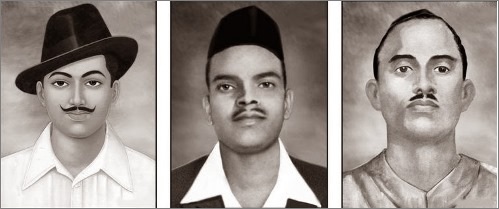
In Jail, these revolutionaries protested against horrible conditions there through a fast. They also asked for honorable and decent treatment as they were political prisoners.
Revolutionary Terrorism in Bengal
After the death of Das in 1925, the congress was divided into two sections: One led by M. Sengupta who was joined by the Anushilan group, and the other by Subhash Bose who had the support of the Yugantar group. The actions of these re-organized groups led to an attempt to kill the notorious Calcutta Police Commissioner, Charles Tegart by Gopinath Saha in 1924 but someone else got killed.
The government came heavy on revolutionaries after this incident. Subhash Bose was arrested whereas Gopinath Saha was hanged.
It happened in April 1930. Surya sen along with his associates decided to organize an armed rebellion to show that it is possible to challenge the mighty British Empire. They planned to occupy two main armories in Chittagong and supply arms from there to revolutionaries.
Surya Sen got arrested in February 1933 and later he was hanged in January 1934. Despite this, the Chittagong raid fired the imagination of the revolutionary-minded youth and recruits poured into the revolutionary terrorist groups in a steady stream.

Share:

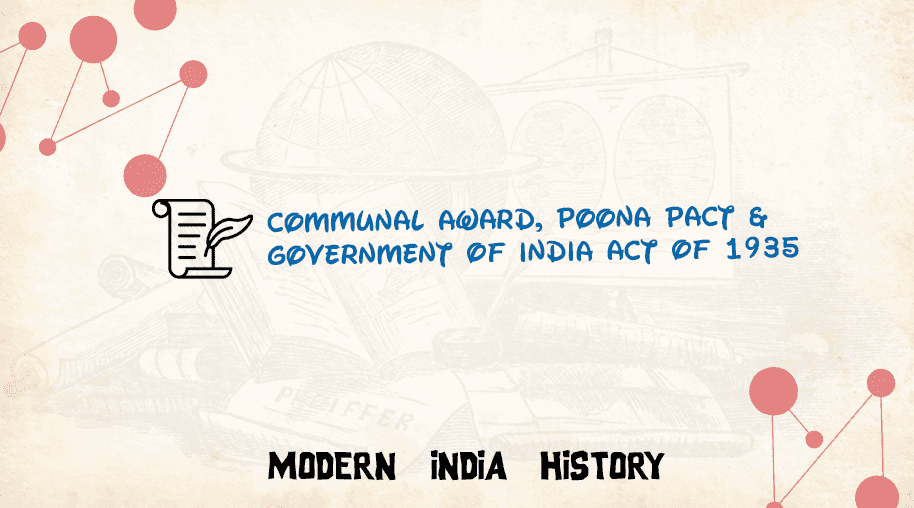
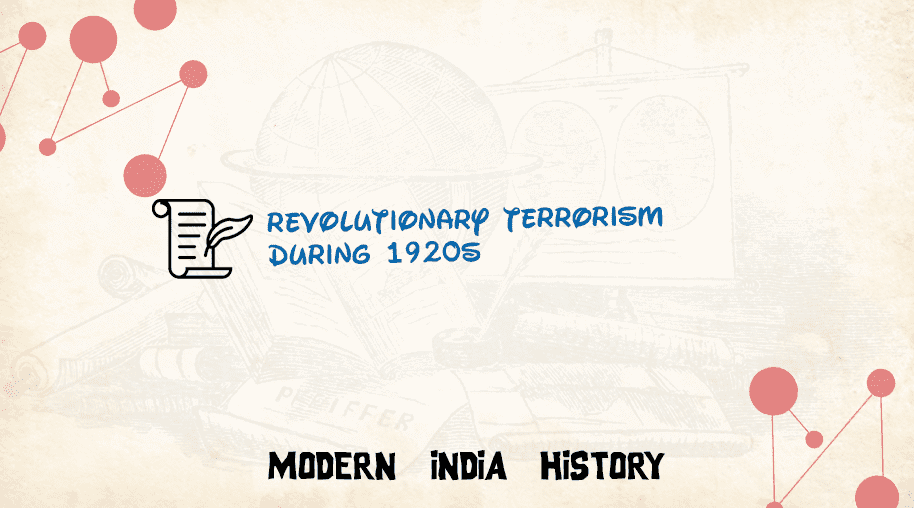
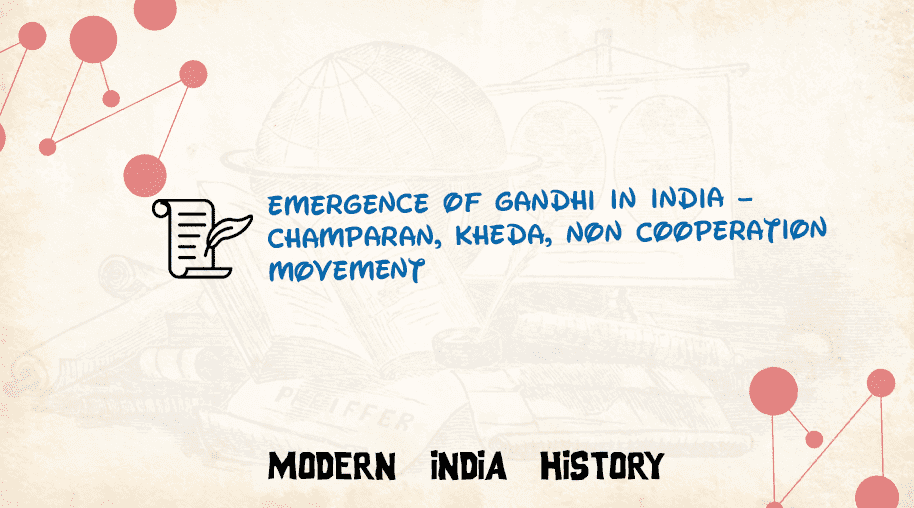
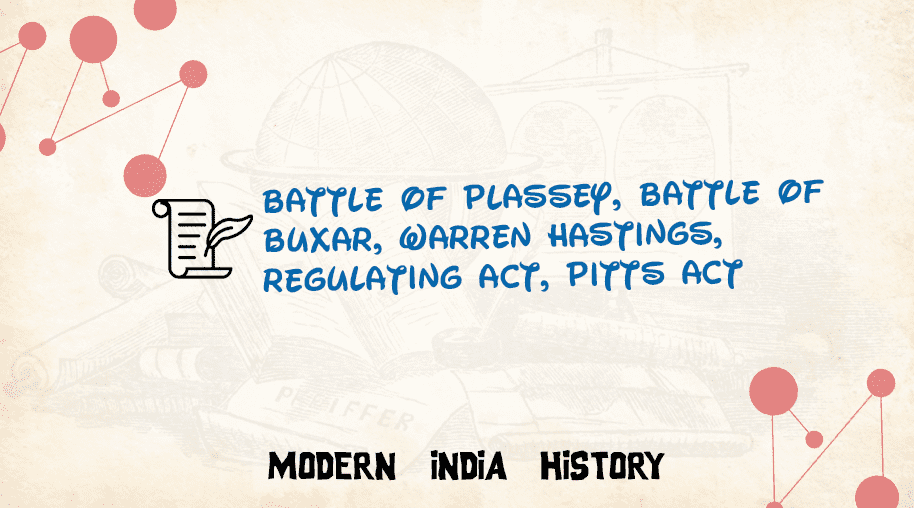


Comments
Waiting for your comments